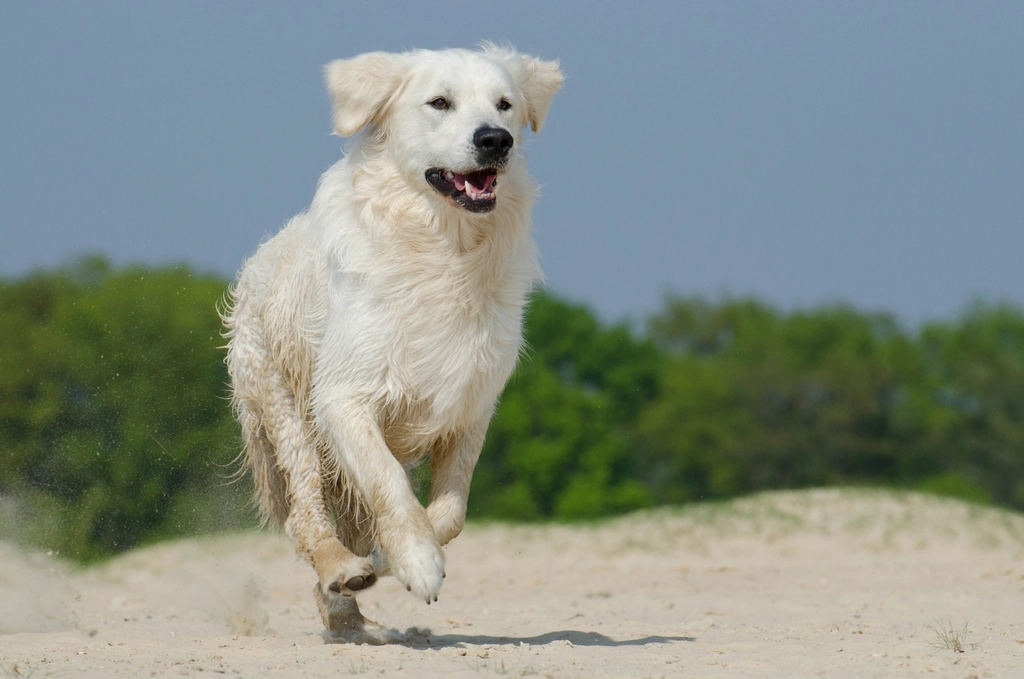From chasing squirrels to circling before lying down, many of your dog’s behaviors are rooted in instincts passed down through generations. While some actions may seem quirky or random, they often serve a deeper purpose tied to survival, communication, or comfort. Understanding these natural instincts can help you build a stronger bond with your dog, making training easier and enhancing your appreciation for their unique behaviors. In this article, we’ll explore the key instincts that shape your dog’s actions and reveal what they tell us about their fascinating canine nature.
The Ancient Roots of Canine Instincts
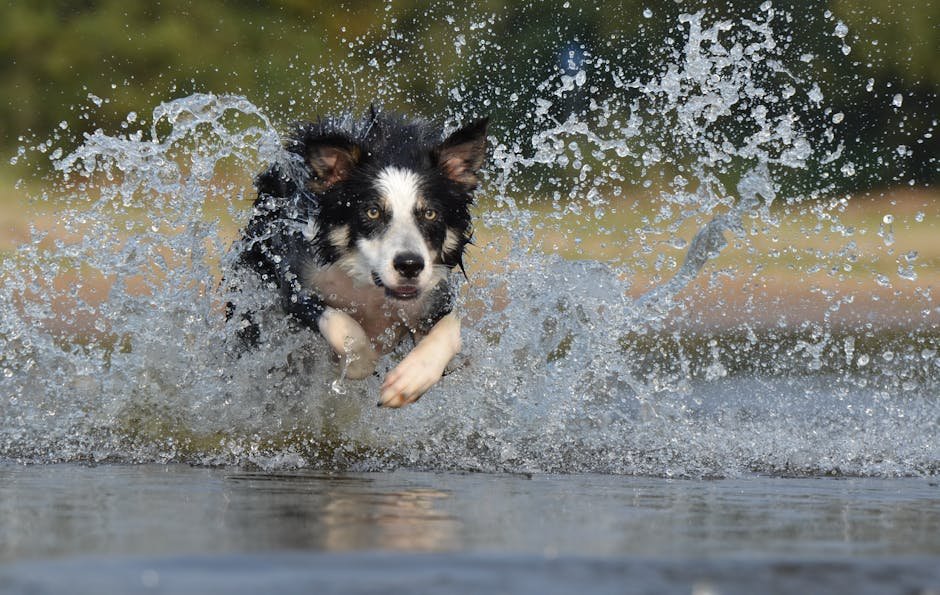
Dogs may be our loyal companions, but beneath their lovable personalities lies a deep-rooted set of instincts shaped by evolution. From herding and hunting to digging and protecting, many of their everyday actions are driven by ancient survival behaviors. While some instincts align perfectly with modern life, others can seem puzzling or even troublesome to owners. Understanding these natural tendencies not only helps us appreciate our dogs more but also makes training and communication easier.
Dogs have been by our side for thousands of years. But have you ever wondered what drives their behavior? To truly understand our furry friends, we need to look back at their ancient roots. Dogs are descendants of wolves, and many of their instincts are inherited from their wild ancestors. This means that behaviors such as pack mentality, hunting, and territoriality are deeply embedded in their nature. Imagine a wolf pack working together, each member playing a specific role; this pack mentality is still evident in modern dogs. It’s fascinating to see how a small domesticated dog might still act like a brave pack leader in its own backyard!
The Influence of Pack Mentality
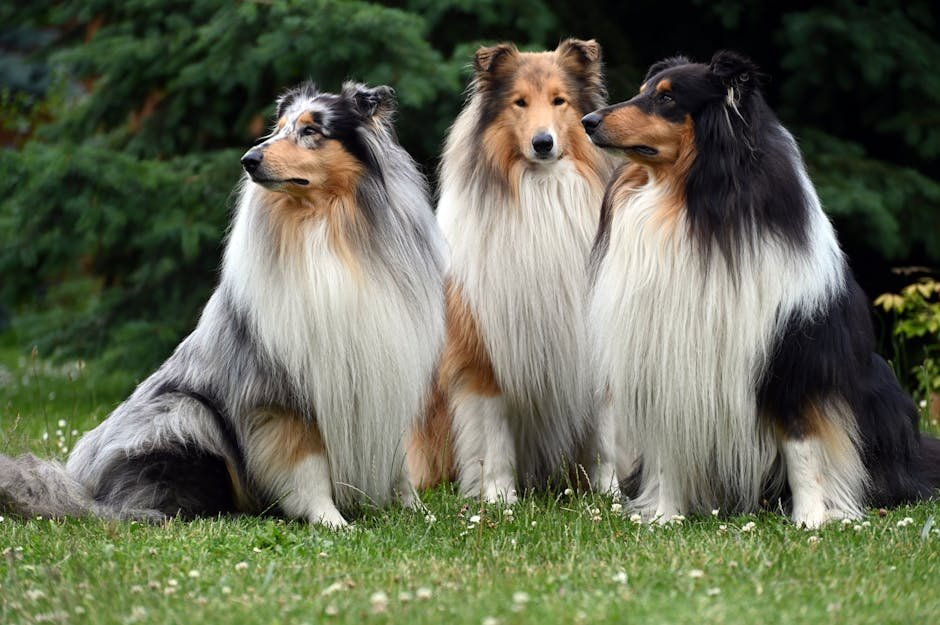
One of the most significant instincts that dogs have inherited from their wolf ancestors is the pack mentality. In the wild, wolves rely on each other for survival. They hunt together, protect each other, and have a clear hierarchy within the pack. Similarly, dogs today often see their human family as their pack. This is why they are so loyal and protective; they feel responsible for their pack’s safety. It’s also why some dogs might try to assert dominance when they feel their position in the pack is threatened. Understanding this can help dog owners establish a healthy relationship with their pets, ensuring a harmonious living environment.
Territorial Instincts: Protecting Their Domain
Territorial instincts are another significant aspect of canine behavior. Just like their wolf ancestors, dogs have an innate desire to protect their territory. This is why many dogs bark at strangers or unfamiliar noises; they are simply trying to protect their domain. For a dog, its home is its castle, and it will go to great lengths to ensure its safety. This behavior can be seen in dogs of all sizes, from the smallest Chihuahua to the largest Great Dane. Understanding this instinct can help dog owners manage unwanted behaviors and ensure their dog feels secure in its environment.
The Urge to Hunt: A Game of Chase
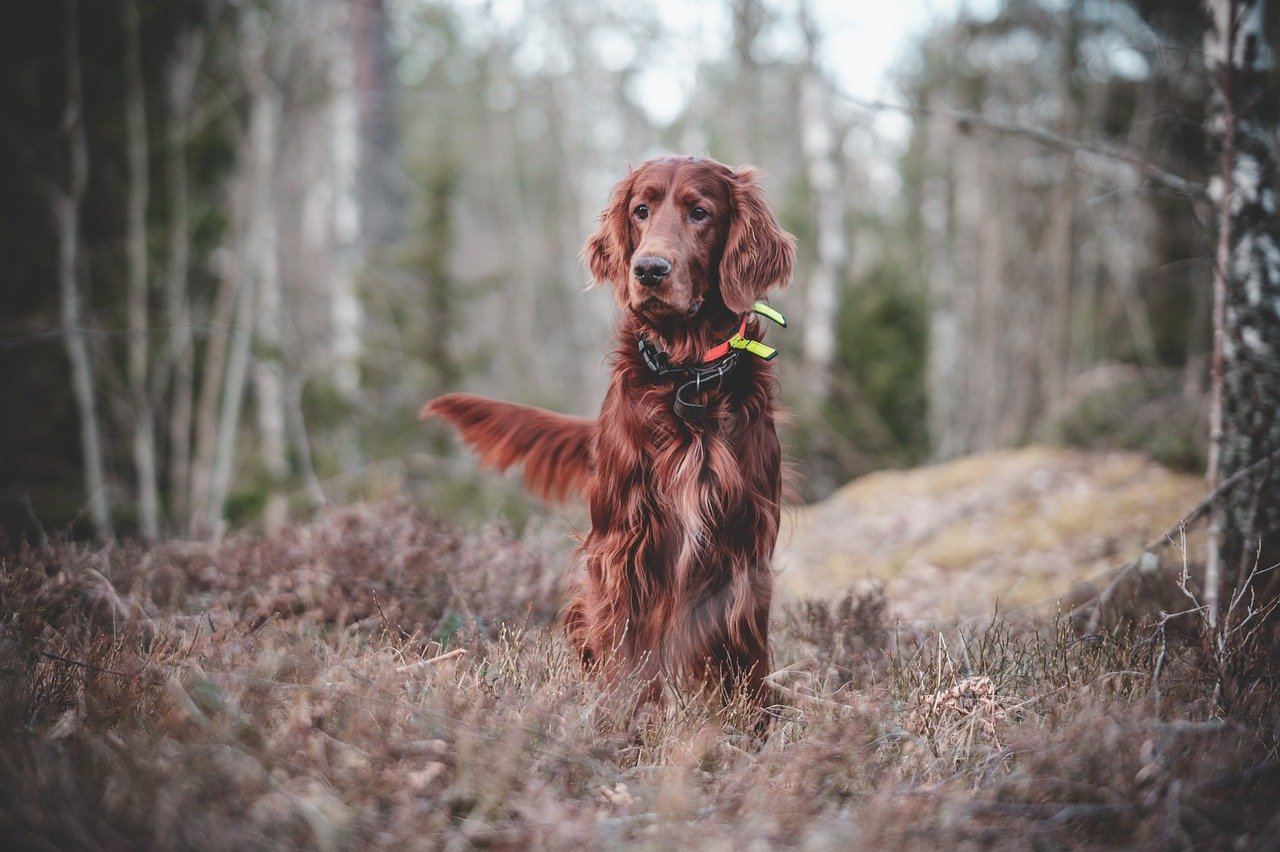
The hunting instinct is one of the most primal instincts in dogs. It’s why your dog might chase after a squirrel or playfully pounce on a toy. This instinct is a remnant of their days in the wild when hunting was essential for survival. Even though most dogs today don’t need to hunt for food, the instinct remains strong. Engaging in games of fetch or tug-of-war can help satisfy this natural urge, providing both exercise and mental stimulation for your pet. Remember, when your dog chases after a ball, it’s not just playing; it’s tapping into its ancient hunting instincts.
Social Interactions: The Need for Companionship
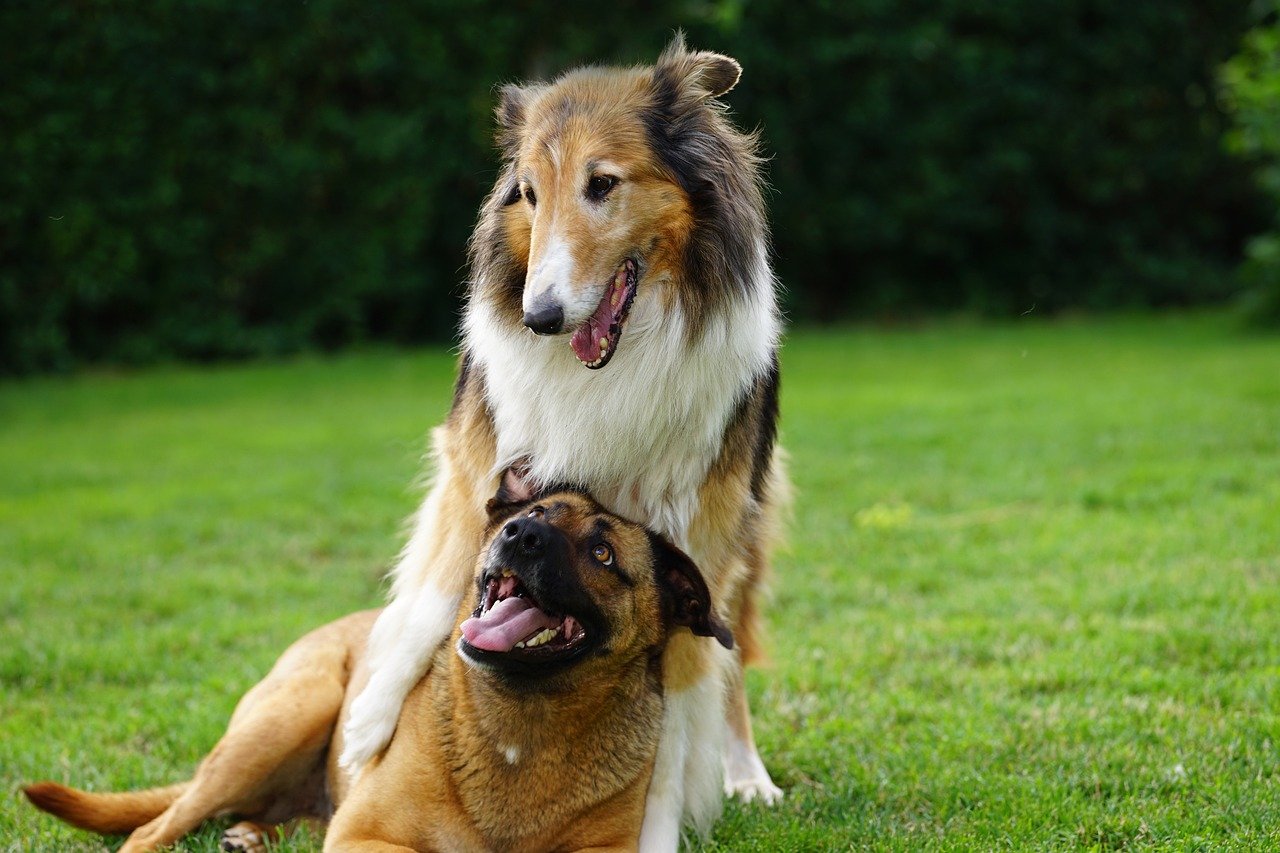
Dogs are inherently social creatures. This is why they thrive on interaction, both with humans and other animals. In the wild, wolves rely on their pack for companionship and support, and dogs have inherited this need for social interaction. This is why a lonely dog can become anxious or destructive. Regular socialization, whether through playdates with other dogs or quality time with their human family, is essential for a dog’s well-being. By understanding this need, dog owners can ensure their pets lead happy and fulfilled lives.
Communication: The Language of Barks and Whines
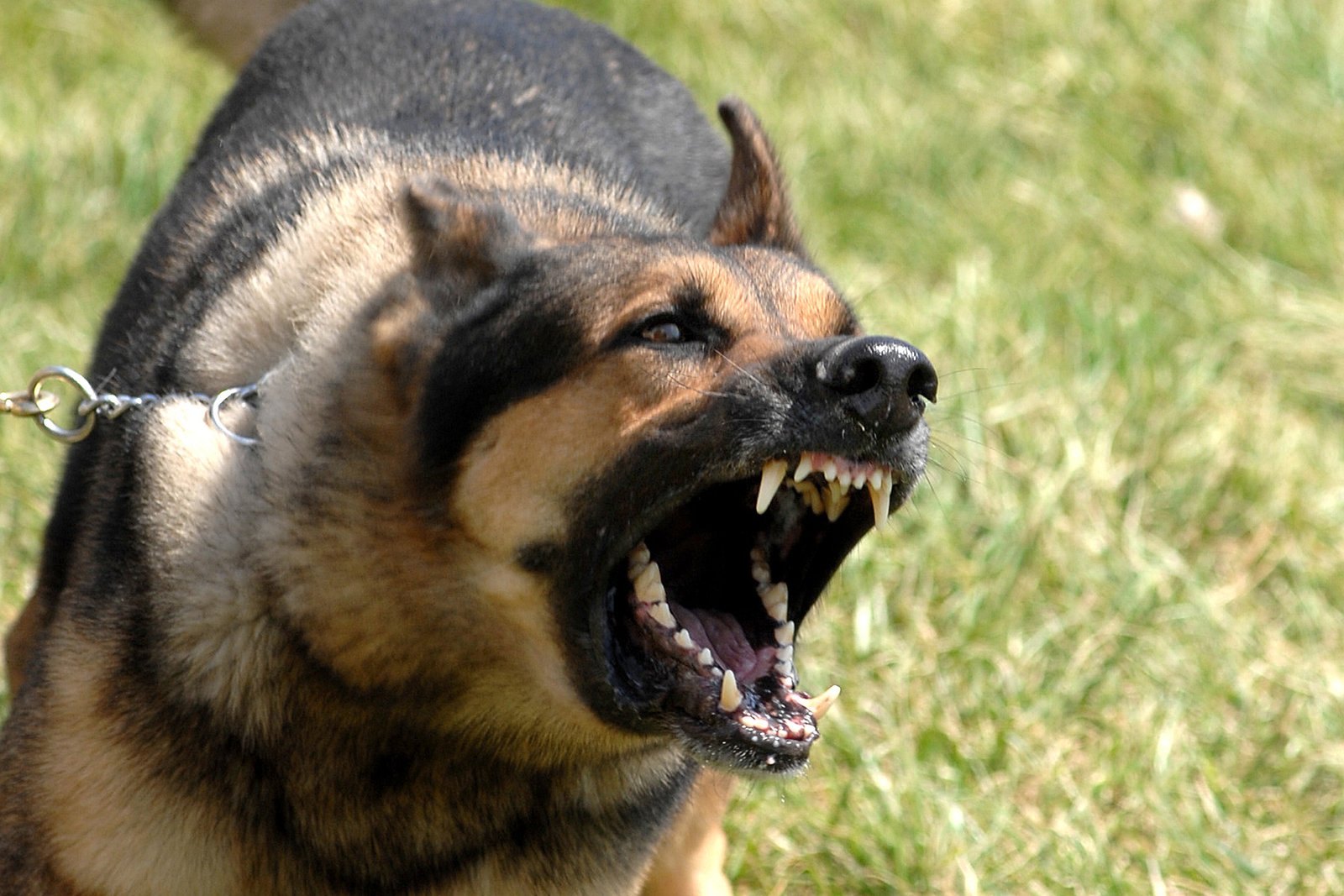
Ever wondered what your dog is trying to tell you when it barks, whines, or wags its tail? Dogs have developed a sophisticated system of communication, both with humans and each other. Barking can be a way to alert you to danger, express excitement, or demand attention. Whining might indicate discomfort or anxiety, while a wagging tail can convey happiness or nervousness, depending on the context. By paying attention to these cues, dog owners can better understand their pet’s needs and emotions, strengthening the bond between them.
The Comfort of Routine: Predictability in an Unpredictable World
Dogs, much like humans, find comfort in routine. In the wild, predictability meant safety, and this instinct carries over to domestic dogs today. Having a consistent daily routine helps dogs feel secure and reduces anxiety. Whether it’s feeding time, walks, or bedtime, sticking to a schedule can make a world of difference in a dog’s behavior. Changes in routine can be stressful for dogs, so understanding this instinct can help owners manage transitions smoothly and keep their pets content.
The Role of Play: More Than Just Fun
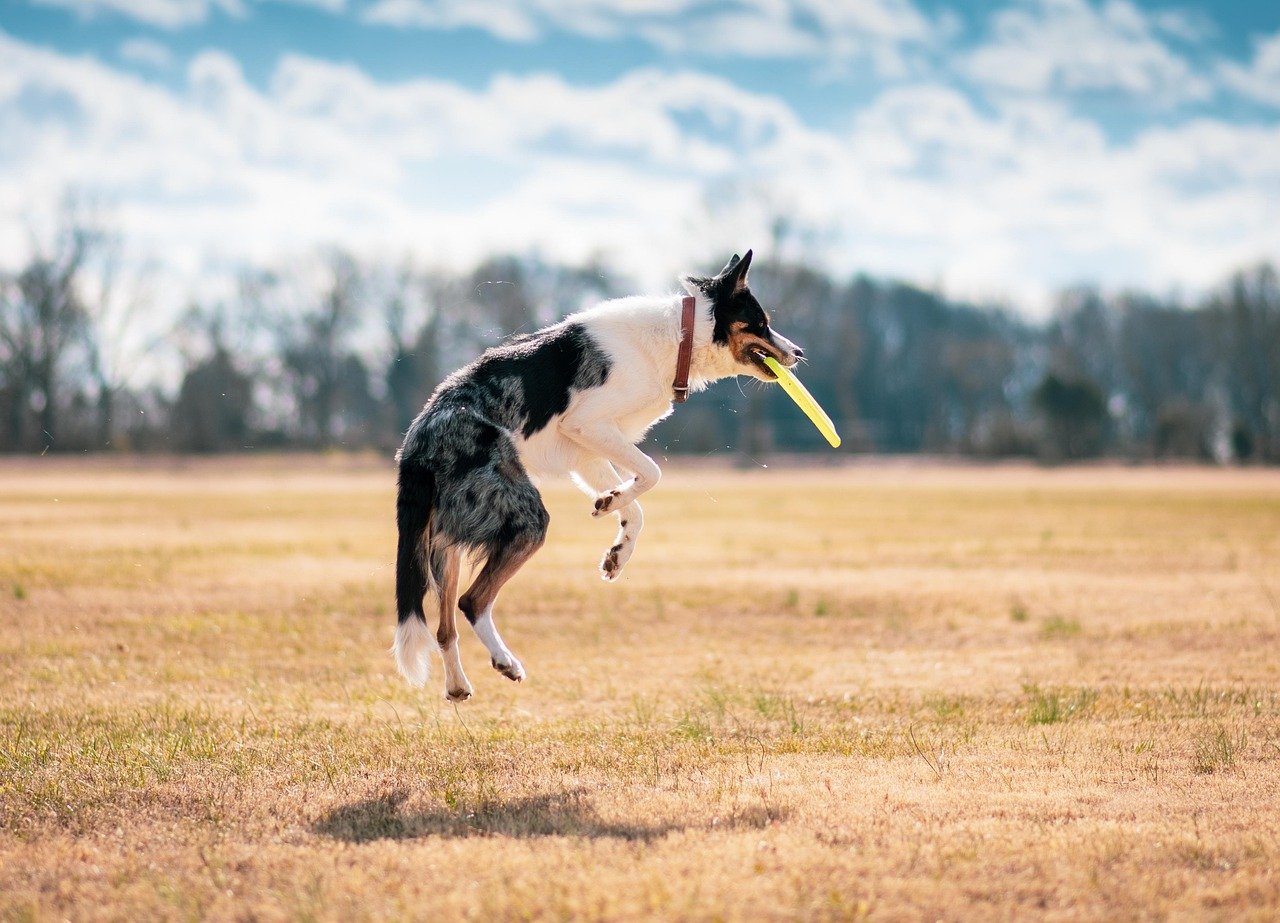
Play is not just about having fun for dogs; it’s a crucial part of their development and well-being. Through play, dogs learn social skills, burn off energy, and explore their environment. It’s also an excellent way for them to bond with their human family. Different types of play can tap into various instincts, such as hunting, chasing, or wrestling. By engaging in regular play sessions, dog owners can ensure their pets stay healthy, both physically and mentally. It’s a simple yet effective way to keep your dog happy and engaged.
Grooming Behaviors: A Legacy of Wild Ancestors

Grooming is another instinctive behavior that dogs have inherited from their wild ancestors. In the wild, wolves groom each other to strengthen social bonds and maintain hygiene. Similarly, dogs groom themselves and sometimes each other as a way of bonding and keeping clean. This behavior is not just about cleanliness; it’s also a sign of affection and trust. Understanding this can help dog owners recognize when their pets are stressed or anxious, as changes in grooming behavior can be an indicator of underlying issues.
Conclusion: Embracing the Instincts That Define Our Dogs
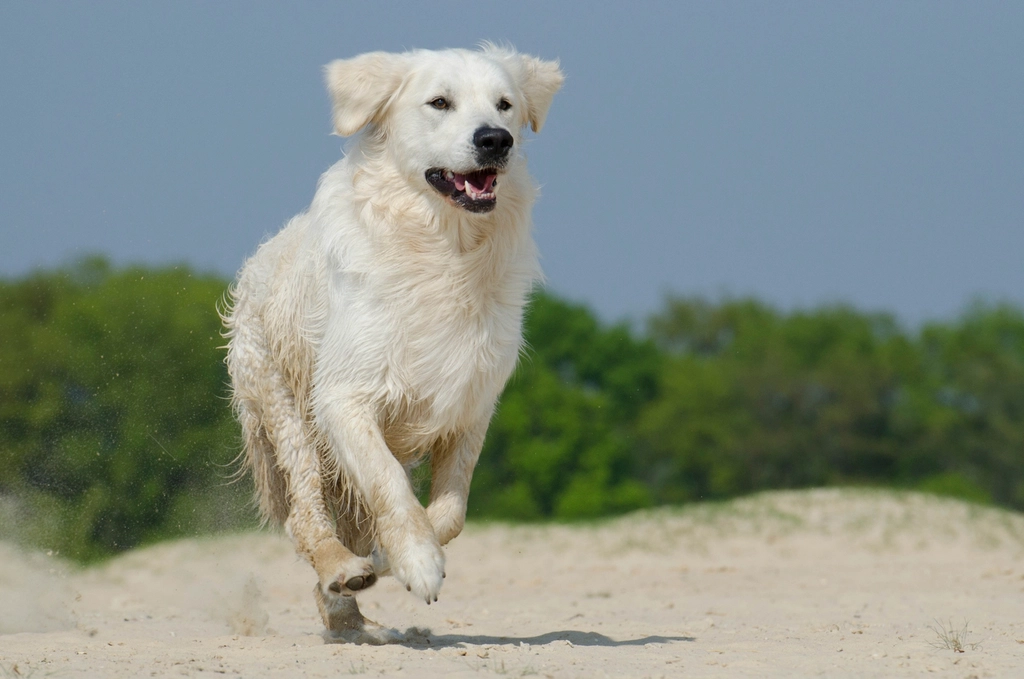
Understanding the instincts that drive our dogs’ behavior is key to building a strong and harmonious relationship with them. By recognizing these innate tendencies, dog owners can better meet their pets’ needs and create a loving environment where they can thrive. Dogs may have come a long way from their wild ancestors, but these instincts remain a fundamental part of who they are. Embracing these instincts allows us to appreciate our dogs for the incredible creatures they are, deepening the bond we share with them.

Linnea is a born and bred Swede but spends as much time as possible in Cape Town, South Africa. This is mainly due to Cape Town’s extraordinary scenery, wildlife, and atmosphere (in other words, because Cape Town is heaven on earth.) That being said, Sweden’s majestic forests forever hold a special place in her heart. Linnea spends as much time as she can close to the ocean collecting sea shells or in the park admiring puppies.

